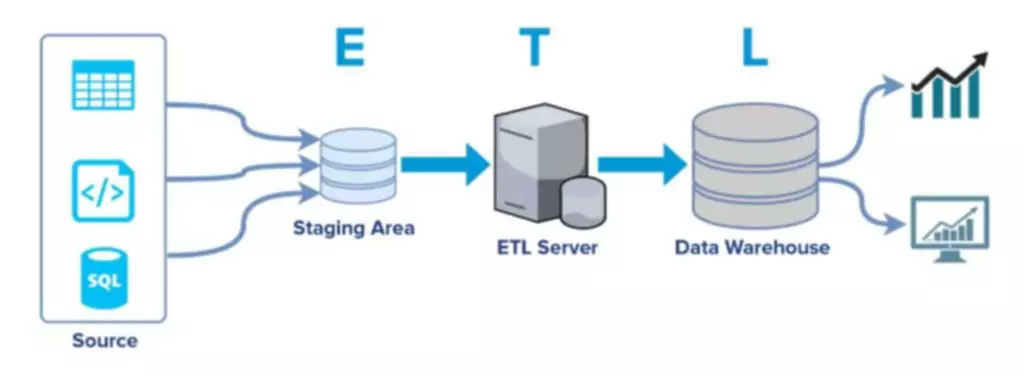There’s the new artifact sort, just say, okay, this is Docker compose project, okay, that’s fine. There’s a config, a config blob, as expected. So let’s say there’s simply nothing inside.
Now as a result of a container and container image is an isolated file system, that working listing could be anything you need it to be. In this case it’s /usr/local/app. It might be something you need to be because again that is an isolated file system. The next why do we need docker things are COPY commands and RUN instructions. And you would do any variety of these. You could do several runs or a number of copies or forwards and backwards relying on what you should do.

Every command in a Dockerfile creates a new layer, which Docker caches to speed up future builds. While caching optimizes build occasions, it could result in larger-than-necessary image sizes if not managed correctly. Earlier Than we dive deeper, let’s make clear what a Docker picture is. A Docker image is a lightweight, standalone, and executable package that includes everything needed to run a chunk of software. This consists of the code, runtime, libraries, setting variables, and configuration recordsdata. Assume of a Docker image as a blueprint for making a Docker container.

Implement image scanning instruments in your workflow to detect vulnerabilities earlier than deployment. Use labels or tags to mark photographs for retention or elimination. Disk area exhaustion is a frequent concern in Docker environments, especially on shared improvement machines or servers. Maintain good tagging practices and periodically clean caches to keep away from build-related errors.
Understanding The Docker Daemon Architecture
Dockertags has some extra features. Right Here are the dockertags choices. The above linked article describes tips on how to create a Docker picture that works on completely different hardware architectures and operating methods.
Kubernetes: Up And Working, Third Edition
Nonetheless, this convenience can be a double-edged sword. Tags are optionally available labels connected to Docker photographs, permitting you to differentiate between versions or variants of the same picture. They’re particularly useful for managing a quantity of releases or configurations of an application. However you want some information of docker pictures if you want to use Dockertags efficiently. For example, what are tags, what is an OS/ARCH on Docker, and what is a picture digest.

It’s like, it’s not essentially what you do more usually than not, but when you’re utilizing the bottom photographs, they are accomplished that way. So like should you take the Alpine picture, you’ll be able to pull the Alpine newest, Alpine three, and so forth. That’s simply the finest way you possibly can choose your channel and choose the one you want. We can do no matter we want to begin, but just as an example. I mean, we have some locales, and so on.
So we’ve lately added a build view throughout the Docker Desktop GUI. This build view offers you lots of information about the builds you’re doing. It gives you details about build instances, cache usage, dependencies, build source, Dockerfiles, build logs, and the historical past by picture. Let’s go take a glance at that and see what that looks like.
Volumes And Persistent Knowledge
- Coordinate registry cleanup with local host image pruning for full lifecycle administration.
- Onlyorganization house owners can perform this motion.
- You can view the standard variations inConsiderations when adoptingDHIs.
- A dockerfile is the repeatable standardized way of truly making a docker picture.
Itemizing containers will show mynginx as running, and the nginx image is now in use. To change a picture from unused to used, start a container from it. Continue https://deveducation.com/ to the next step to tug and run the picture. To dive deeper intomirroring images see Mirror a Docker Hardened Imagerepository.
I may use the –link command to mainly say this layer is independent of another layer. Don’t invalidate the cache even when this particular step is completely different. So the cache will remain in place for the exposing of the port and for the command on the finish. A container image is read-only package that contains every thing you have to run an application. It consists of software code, application dependencies, a minimal set of OS constructs, and metadata.
I can present very briefly what we’ve inside, but that’s not really the purpose of this software. So it’s all but just, it means we will store every thing we wish in there. All right, so these items is only a file. I won’t undergo the file; it’s just every thing you have. You can retailer that, you can retailer everything you need. And the packages, all the licenses where you’ll find them inside your picture.
Now, if we need to see all this information, what we would do is a docker examine on the container. What if I must take away a file in a more advanced layer? Nicely, let’s see what that may seem like. Right Here we have layer 3, and we have to remove one thing from layer 1. Now, each layer, when it’s written, is immutable.